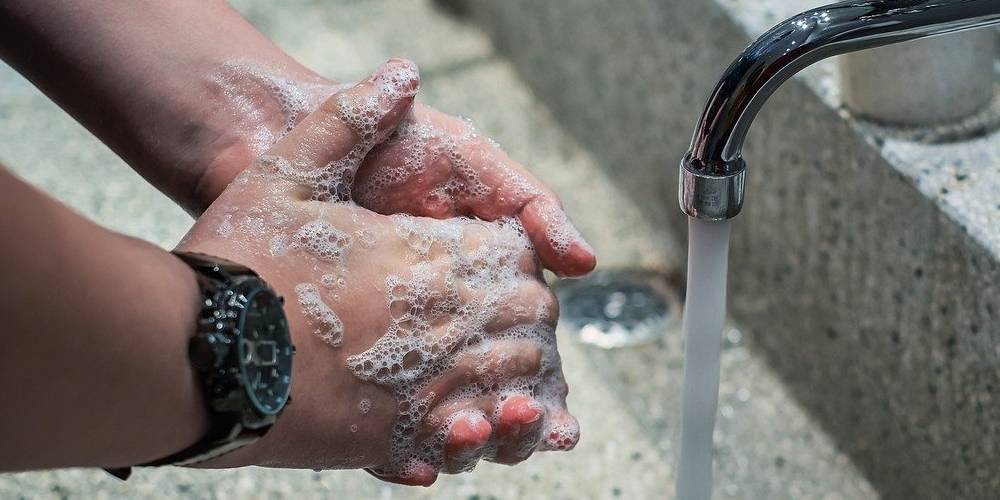
The COVID-19 pandemic is a healthcare crisis of unimaginable scope, but some good may come from these difficult times. One example may be a heightened awareness of the need for good personal hygiene and cleaning in our hospitals and other healthcare facilities.
Of the various types of serious and preventable medical errors, perhaps the one posing the greatest fatal risk is a hospital-acquired infection (HAI). This is exactly what it sounds like: A patient incurs an infection during a hospital stay for medical treatment.
Common Types of Serious Hospital-Acquired Infections
According to the Centers for Disease Control and Prevention, four of the most serious and common hospital-acquired infections are:
· Catheter-associated urinary tract infection – 32% of all HAIs
· Surgical site infection – 22% of HAIs
· Ventilator-associated pneumonia – 15% of HAIs
· Central line-associated bloodstream infection – 14% of HAIs
The CDC has estimated that 1.7 million hospital-acquired infections occur each year in the United States, accounting for 99,000 hospital patient deaths annually. The Leapfrog Group, a not-for-profit organization focused on improving patient safety in the United States, reports that one out of every 25 patients falls victim to an infection during a hospital stay.
Often deadly, hospital-acquired infections are preventable. The World Health Organization reports that following proper preventative protocols can reduce hospital-acquired infections by 30%.
While frequent handwashing has now been cemented in our collective consciousness, it long has been central to hospitals’ efforts to protect their patients from potentially fatal infections.
How to Protect Patients from Suffering Deadly Infections
A focus on cleaning in general should be implemented by healthcare providers to prevent hospital-acquired infections for threatening patients.
In addition to thorough handwashing with soap and water before and after every patient visit, medical professionals should also:
· Clean patients’ skin properly where catheters are inserted or at surgical sites
· Thoroughly clean and disinfect medical equipment and hospital rooms
The CDC urges hospital patients to take their own steps to help protect themselves from a hospital-acquired infection. These include:
· Regular hand cleaning. And remind all caregivers, hospital staff and visitors to wash their hands.
· Take antibiotics cautiously; confirm with your doctor this course of treatment is necessary
· Watch for signs of infections, such as discolored skin, decreased urination, chills, and breathing problems
Some headway has been made in reducing the number of deadly infections occurring in hospitals. The New England Journal of Medicine in April published the results of a study (“Multidrug-Resistant Bacterial Infections in U.S. Hospitalized Patients, 2012–2017”) that showed a decline in the number of multidrug-resistant bacteria infections.
For example, the rate of Methicillin-resistant Staphylococcus aureus (MRSA) infections fell somewhat between 2012 and 2017.
However, the study’s authors warn about the dangers of complacency in response to this finding. While some types infections may be falling, they are still too common in hospitals, the researchers advise.
The current healthcare challenge will, fortunately, eventually come under control. But protecting patients from serious infections with established personal hygiene and cleaning practices should be an everyday priority by healthcare professionals.
If you or a loved one suffered serious, unexplained harm during medical treatment, contact a medical malpractice attorney to review your case.
The choice of a lawyer is an important decision that should not be based solely on advertisements.
Authored by Gray Ritter Graham, posted in Blog April 8, 2020

 RSS Feed
RSS Feed